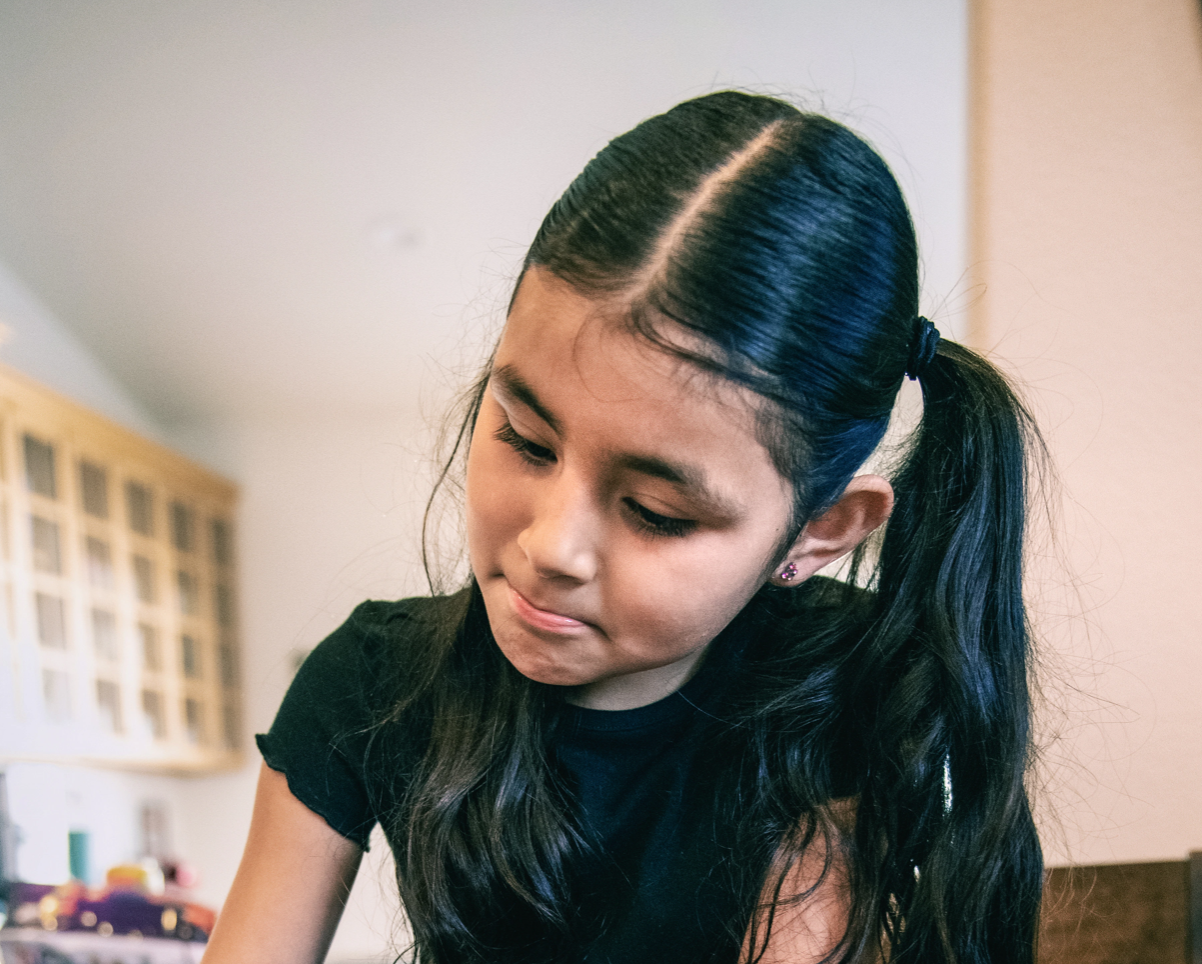Why the NHS sight test doesn’t help slow readers
The NHS Sight Test, often known as an eye exam or vision screening, primarily assesses visual acuity (how far you can see down the test chart) and the ability to see clearly at a distance.
Colorimetry uses coloured optical filters to alleviate patient symptoms of visual discomfort, which often occur in both children and adults when reading. Examples of visual discomfort can be described as movement of print and visual rivers, which negatively affects concentration levels and comprehension.

Visual Stress refers to reading difficulties, light sensitivity and headaches from exposure to disturbing visual patterns. It can be responsible for print distortion and rapid fatigue when reading. The severity of these symptoms can vary from person to person. The symptoms can occur despite normal vision.
Approximately 5% of the UK population are severely affected by Visual Stress and 20% to a lesser degree.
This is a condition which is also known as “Meares-Irlen” syndrome.
Visual Stress is found to exist in many conditions including:
Coloured overlays
Overlays are coloured sheets of robust transparent plastic, which can be used for all reading tasks. The use of an overlay has been shown through research to enable an increase in reading fluency, efficiency and duration. The same research also demonstrated that the colour selected will vary for each child.
How do parents know that overlays will benefit their children?
The Wilkins Rate of Reading Test is designed to objectively measure the benefits obtained by individuals who suffer with Visual Stress, viewing text through Coloured Overlays.
It is not a measure of cognitive ability or intelligence but compares the effects of reading simple words with and without the selected overlay. The patient is simply required to read words aloud while reading times and errors are noted.
The test uses simple words, familiar to young children. The words appear in each line of a block of text but in a random order as we are not assessing the child’s comprehension skills but purely the reading speed. The test results are reliable and repeatable.
The Intuitive Colorimeter
This instrument was developed by Professor Arnold Wilkins and the Medical Research Council and is fully supported by research studies and peer reviewed controlled trials. It is used to logically and sequentially explore the colour space to find the optimal Precision Tint for the relief of perceptual distortions in Visual Stress.
The instrument independently changes the 3 parameters of colour, hue, saturation and brightness while the eyes are colour adapted. This will give a final colour which is extremely precise to each individuals needs. The colour will be different for each person and the precision coming from a choice of over 100,000 colour combinations now available. In its most effective form this prescription will be delivered as Precision Tinted Lenses.
The tint is selected rapidly and efficiently in an examination lasting about 20-30 minutes. The optimal colour which will benefit each individual can change over time, especially with children. It is therefore very important that the patient visits the specialised Optometrist regularly for re-evaluations.

The NHS Sight Test, often known as an eye exam or vision screening, primarily assesses visual acuity (how far you can see down the test chart) and the ability to see clearly at a distance.